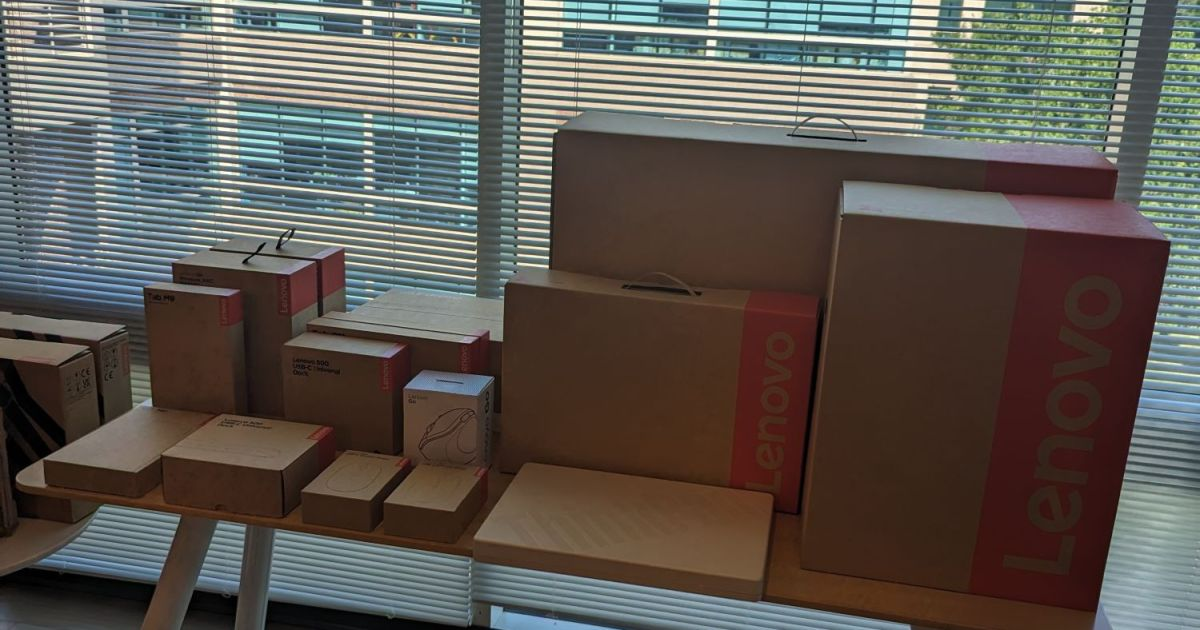- cross-posted to:
- technology@lemmy.world
- cross-posted to:
- technology@lemmy.world
It looks like Framework lit a fire at Lenovo.
Called Project Aurora, it remains in the concept phase, but is Lenovo exploring methods of execution.
Nothing tangible for consumers yet, but for the past decade Lenovo has been on this march towards consumer-hostility. First with DRM on batteries; then with keyboards built into the topcase, followed by integrated batteries; and now with some series soldered memory, network cards, and only a USB-C option.
As more traditional ThinkPad enthusiasts look at Framework and other brands, it looks like Lenovo is having second thoughts about their road towards planned obsolescence.
Even if Lenovo can get back to where they were in 2011 with repairability, it would be great.
Going a step further – allowing us to upgrade parts and motherboards over the years, would be amazing but I wouldn’t count on it.
One other Lenovo trend that I hate is this OLED everything. For Lenovo, you can’t get some screens with HiDPI displays without getting it as an OLED panel anymore.
OLED is terrible for causing pwm eyestrain and headaches, and susceptible to burn-in after a couple of years on traditional desktops where UI elements remain fixed in place. Lenovo fixed pwm in 2016 on their IPS displays, and then fucking forgot about it once they started running towards OLED.
Makes me wonder about the size of the market for enthusiasts/companies running open-source OSs on Thinkpads. I’ve personally been running OpenBSD on old Thinkpads for years. Maybe there’s more of us than I realised…?



